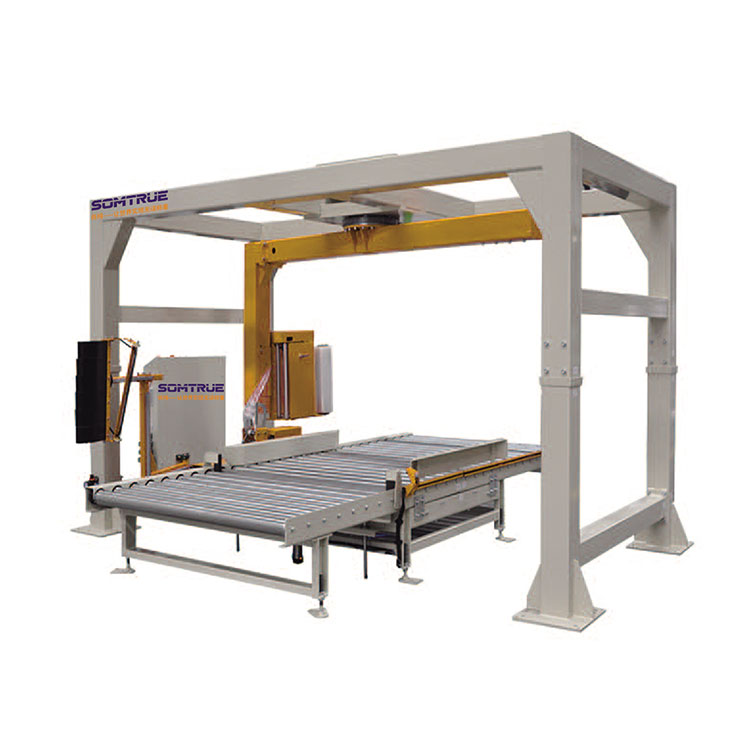- English
- 简体中文
- Esperanto
- Afrikaans
- Català
- שפה עברית
- Cymraeg
- Galego
- 繁体中文
- Latviešu
- icelandic
- ייִדיש
- беларускі
- Hrvatski
- Kreyòl ayisyen
- Shqiptar
- Malti
- lugha ya Kiswahili
- አማርኛ
- Bosanski
- Frysk
- ភាសាខ្មែរ
- ქართული
- ગુજરાતી
- Hausa
- Кыргыз тили
- ಕನ್ನಡ
- Corsa
- Kurdî
- മലയാളം
- Maori
- Монгол хэл
- Hmong
- IsiXhosa
- Zulu
- Punjabi
- پښتو
- Chichewa
- Samoa
- Sesotho
- සිංහල
- Gàidhlig
- Cebuano
- Somali
- Тоҷикӣ
- O'zbek
- Hawaiian
- سنڌي
- Shinra
- Հայերեն
- Igbo
- Sundanese
- Lëtzebuergesch
- Malagasy
- Yoruba
- Español
- Português
- русский
- Français
- 日本語
- Deutsch
- tiếng Việt
- Italiano
- Nederlands
- ภาษาไทย
- Polski
- 한국어
- Svenska
- magyar
- Malay
- বাংলা ভাষার
- Dansk
- Suomi
- हिन्दी
- Pilipino
- Türkçe
- Gaeilge
- العربية
- Indonesia
- Norsk
- تمل
- český
- ελληνικά
- український
- Javanese
- فارسی
- தமிழ்
- తెలుగు
- नेपाली
- Burmese
- български
- ລາວ
- Latine
- Қазақша
- Euskal
- Azərbaycan
- Slovenský jazyk
- Македонски
- Lietuvos
- Eesti Keel
- Română
- Slovenski
- मराठी
- Srpski језик
What are the environmental impacts of using a winding film machine?
2024-10-02

What are the environmental impacts of using a winding film machine?
1. What is the impact of plastic film waste on the environment?
Plastic is non-biodegradable and can persist in the environment for hundreds of years. The accumulation of plastic waste can have deleterious effects on wildlife and ecosystems. By using a winding film machine, companies contribute to the proliferation of plastic waste in the environment.
2. What is the carbon footprint associated with the operation of winding film machines?
The production of winding film machines requires the consumption of energy and resources. The energy resources come from the burning of fossil fuels, such as coal and natural gas, which leads to greenhouse gas emissions. The carbon footprint of winding film machines can be reduced by using energy-efficient equipment and employing eco-friendly production processes.
3. What are the alternatives to plastic film for packaging?
There are eco-friendly alternatives to plastic film packaging, such as paper and biodegradable materials. These alternatives are renewable and biodegradable, reducing the amount of waste generated by packaging. However, these alternatives may not be suitable for all products and all packaging applications.
Conclusion
Winding Film Machines are an efficient and reliable packaging solution that can also have negative environmental impacts. By contributing to plastic waste accumulation and carbon emissions, winding film machines pose a challenge to sustainability. However, by adopting eco-friendly practices and considering alternative packaging materials, companies can reduce the environmental impacts of their operations.
Jiangsu Somtrue Automation Technology Co., Ltd. is a leading manufacturer of packaging machinery based in China. The company specializes in the production of packaging machines that are efficient and reliable while also being eco-friendly. With its commitment to sustainable packaging, Somtrue is a leader in the packaging industry. Contact us at zhoubingqian@cn-sch.com for more information on our products and services.
References:
1. Smith, J. (2019). Plastic pollution: A global review. Environmental pollution (Barking, Essex: 1987), 241, 361-371.
2. Lee, H. H., & Wiedmann, T. (2021). Carbon footprint of packaging lightweighting strategies: a comparative analysis of five product categories. Journal of Cleaner Production, 297, 126622.
3. Azeredo, H. M. C., Waldron, K. W., & Jenkins, M. J. (2017). Design of biodegradable food packaging from agro-polymers. Encapsulation technologies for active food ingredients and food processing, 209-229.
4. Wölker, J., & Klöpffer, W. (2017). Environmental impacts of packaging. In Sustainable Value Management for Construction Projects (pp. 389-409). Springer, Cham.
5. Garnett, K., & Cooper, T. (2019). A review of eco-design tools and methods for integrated product development. Journal of Cleaner Production, 210, 253-269.
6. Simonsen, M. E., & Blengini, G. A. (2019). Life cycle assessment of packaging systems for fruit and vegetable transport in Europe. Journal of Cleaner Production, 211, 179-190.
7. Virgili, A., Fabrizi, R., & Frezza, M. (2021). Biodegradable films for food packaging: an experimental study. Journal of Cleaner Production, 298, 126699.
8. Mont, O., & Lindhqvist, T. (2017). Sustainable consumption, product service systems and the role of packaging. Journal of cleaner production, 166, 1549-1557.
9. Chabert, E., Yannou, B., Leroy, Y., & Tyl, B. (2015). A comparative review of eco-design tools for sustainable product development. Journal of cleaner production, 94, 1-12.
10. Russo, F., & Liotine, M. (2019). Sustainable packaging design: Insights from a small and medium-sized enterprise in the food industry. Business strategy and the environment, 28(5), 823-836.



